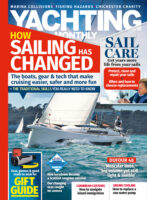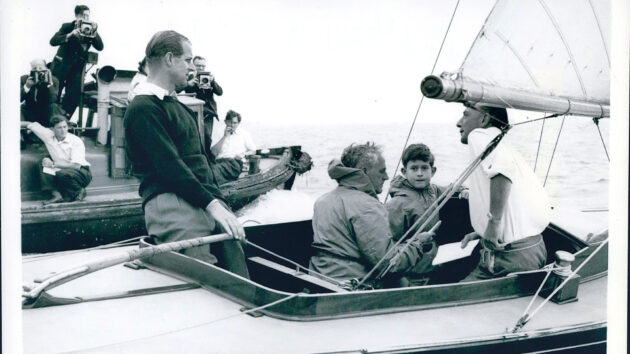From setting race rules for "gentlemen’s yachts" in 1875 to training over 270,000 people annually, the RYA has a remarkable 150-year history
We’re lucky to have the Royal Yachting Association. Our national body for all forms of recreational boating, under power and sail, spreads its influence throughout the nation and across the world.
In terms of numbers, the RYA now has 103,000 members working alongside 250,000 volunteers at 1,400 affiliated clubs and over 2,200 recognised training centres worldwide. With more than 24,000 RYA instructors worldwide, the RYA now trains around 270,000 people on courses each year.
The OnBoard programme, launched in 2005, has introduced more than a million children to sailing and windsurfing over two decades and is now a national network of more than 330 clubs and centres.
Another grassroots RYA initiative, Sailability, has helped tens of thousands of disabled people over the last 30 years. Data from one RYA Club Census for England indicated that 3.3% of members identified as having a disability, amounting to approximately 7,917 members at the time of that survey.
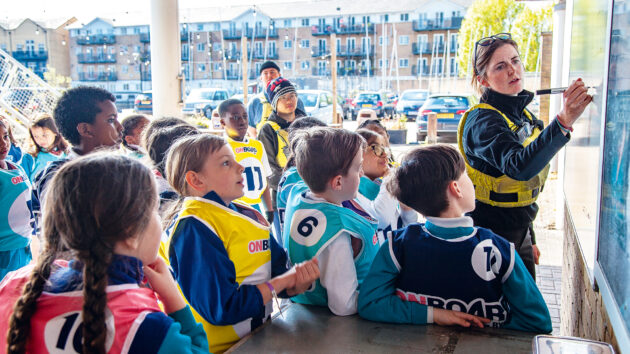
Young people learning about sailing at an RYA OnBoard course
The RYA’s national Sailability scheme has helped over 53,000 young people and adults with disabilities to try sailing and participate regularly. Sailability recognises that sailing is one of only a very small number of sports where disabled and non-disabled participants can be involved in equal terms.
RYA courses are also now used as the template for training in many other countries and replicated throughout the world. In the UK, the RYA courses form the basis for the small craft training of lifeboat crews, police officers and the Royal Navy.
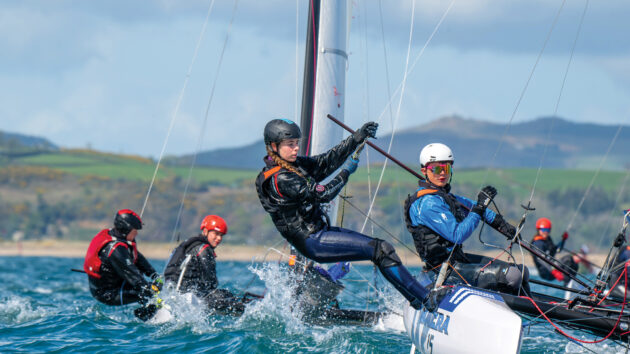
Competing at the Youth National Championships
The Yacht Racing Association
The Royal Yachting Association was officially launched in 1952, taking over from the Yacht Racing Association (YRA), which was conceived in 1875 to regulate the sailing of small boats for pleasure.
The Yacht Racing Association was largely created to agree what race-rules the ‘gentlemen’s yachts’ of the day ought to abide by. Categorising vessels by deck measurements and sail area was their delight. To trounce competitors, rich owners would go for ever more canvas and ever less beam.
After the horror and austerity of war, boating, particularly for families, took on a new importance with a growing range of small coastal cruisers available. A change was needed to reflect this new accessibility to the water. The YRA became the Royal Yachting Association in 1952. Then President Sir Ralph Gore spoke of ‘Her Majesty’s recent command that the name of the Association will in future be the Royal Yachting Association.’
Article continues below…
Tips and hints for passing your Yachtmaster theory
Racing turned cruising sailors Liz Rushall and her husband Mark go back to school to brush up on their Yachtmaster…
How to pass your Yachtmaster Practical Exam
The RYA Yachtmaster Offshore has long been the qualification that cruising yacht sailors, both amateur and professional, have aspired to.…
The Royal Connection
In 1948, Princess Elizabeth, Duchess of Edinburgh and Prince Philip, Duke of Edinburgh, were listed as new members of the YRA. The Duke of Edinburgh sailed frequently with Prince Charles in the Dragon Class keelboat Bluebottle, a wedding present given to Queen Elizabeth II and the Duke from the Island Sailing Club in Cowes.
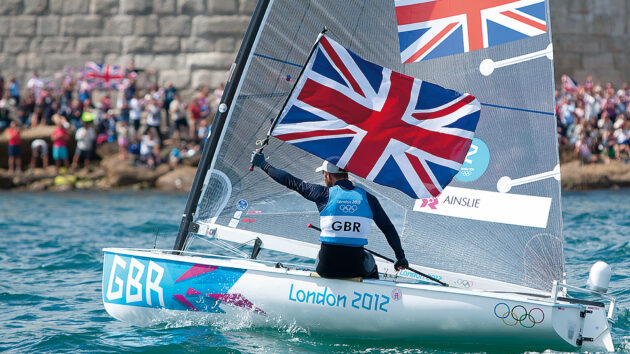
Ben Ainslie winning gold at the 2012 Olympics was a highlight in the RYA’s esteemed history
Bluebottle is the only British Dragon to have won an Olympic medal, picking up a bronze at the 1956 Melbourne Olympic Games. Queen Elizabeth II was RYA Patron for many years and the Duke was elected as President of the RYA in 1956. It was under his watch that the first RYA Training Committee was formed.
In 1987, the Princess Royal became President of the RYA and Patron of the RYA Foundation, the RYA’s national charity. She regularly visits sailing clubs across the UK, supports the British Sailing Team and presents the annual RYA Volunteer Awards. In 2012, King Charles III, then the Prince of Wales, visited British sailing team at the National Sailing Academy and supported the team throughout the 2012 Olympic Games and Paralympics.
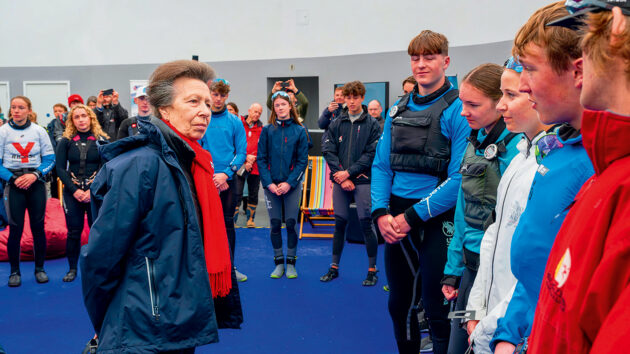
The Royal Family has a close connection with the RYA. Photo: World Sailing / Jean-Louis Carli
Campaigns
The RYA is a strong advocate of the principle of ‘Education Not Legislation’ as the best means of promoting recreational safety at sea.
In 1973, cruising yachtsman Cdr. Bill Anderson lobbied successfully for the RYA to oversee the Yachtmaster qualification scheme, previously run by the Department of Transport. The UK has one of the lowest fatality rates in the world and is one of the least regulated sailing locations in the world.
The RYA believes these two factors are connected, and is pleased that this policy of minimum regulation has been supported by legislators of all parties. Many sailors view it as a laudable principle that protecting oneself is a choice. Most of us weighing risks and rewards will volunteer to keep ourselves safe.
The RYA celebrates its 150th anniversary with its name a marker of longevity and trustworthiness.
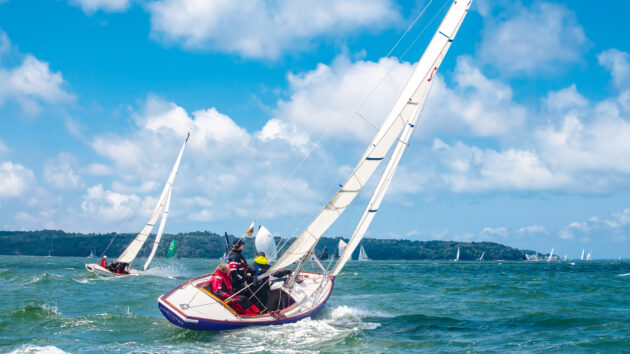
The RYA administers the Portsmouth Yardstick and Aera YTC handicap systems for dinghies and yachts respectively
Timeline of the Rya
1875 The nascent Yacht Racing Association had a membership revenue of approximately the equivalent of £40,000 in today’s values. YRA membership could be obtained at a price of two guineas.
1886 The Yacht Racing Association overhauls its policies towards yacht racing classes or ‘ratings’.
1904 H. G. Allan, a yachtswoman who owned and sailed two vessels in the Solent area, became the first woman admitted to membership of the Yacht Racing Association. The development stands in marked contrast to the initial refusal of the Royal Yacht Squadron to grant membership to Queen Victoria, on the basis that female members were not permitted.
1905 A document which has come to be regarded as the cornerstone international yacht racing regulation was circulated among members. This was the Yacht Racing Association Rule Book. World Sailing can be thankful for the diligent work and editing done by 17 compositors from a dozen separate nations.
1920s The decade culminated in the formal publication of the YRA Rule Book. To be furnished with a copy would cost you a shilling.
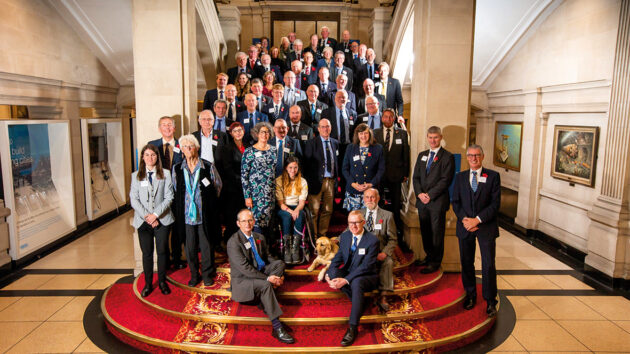
Volunteers gather at the 2022 Volunteer Awards. Photo: Paul Wyeth
1938 Examinations for the certificate of Master of Yachts began to be organised by the Board of Trade. Royal Naval Volunteer Reserve members were the principal applicants for the qualification.
1948 The YRA, which had been instrumental in keeping at least some dinghy sailing going during the Second World War, organised the use of Fairey Marine Firefly boats for the London summer Olympic Games.
1950s With a growing range of small coastal cruisers and increasing popularity, in 1952, the Yacht Racing Association became the Royal Yachting Association. The RYA took ownership of the what had started as the Langstone Handicap racing handicap system now known as the Portsmouth Yardstick. Different classes of dinghy could then race each other. The higher the PY number, generally, the heavier the craft.
1973 Yachtmaster examinations, previously held in conjunction with the Board of Trade at the behest of the Admiralty, began to be administered by the RYA, working with the Department of Transport.
1979 The 28th Fastnet Race was hit by a storm, with several boats sinking and 15 competitors lost. The RYA and the Royal Ocean Racing Club (RORC) jointly investigated the disaster and rolled out significant new safety regulations.
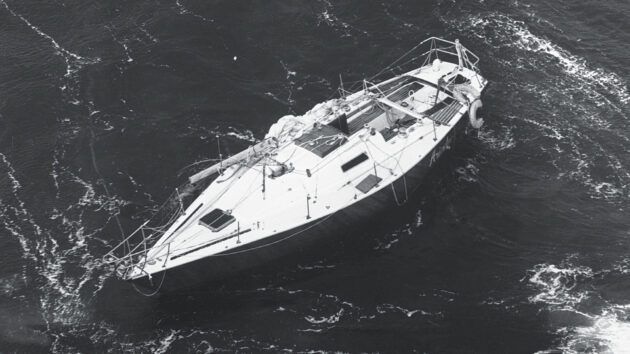
The RYA investigated the 1979 Fastnet disaster and made some key safety changes. Photo: www.pplmedia.com
1983 The RYA assumed control of the Dinghy Show, which by that time had already become a yearly fixture on the exhibition calendar. The era saw a boom in watersports, galvanised by the arrival of windsurfing and popular Laser Dinghy Show.
2002 Yachtmaster assessments were held for the first time in overseas jurisdictions as far afield as Australia and South Africa.
2012 The National Sailing Academy was enhanced for the London Olympic Games, providing a lasting centre of excellence for the RYA. Team GB sailors won five medals in the Games.
2016 Protocol uncertainties and travel confusion after the Brexit referendum were mitigated for yachting to a great extent by RYA efforts.
2024 As interest and participation in assorted foiling and kiting disciplines grows, Ellie Aldridge wins gold in the Paris Olympics Women’s Formula Kite.
Enjoyed reading this?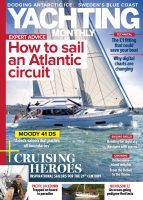
A subscription to Yachting Monthly magazine costs around 40% less than the cover price, so you can save money compared to buying single issues.
Print and digital editions are available through Magazines Direct – where you can also find the latest deals.
YM is packed with information to help you get the most from your time on the water.
-
-
- Take your seamanship to the next level with tips, advice and skills from our experts
- Impartial in-depth reviews of the latest yachts and equipment
- Cruising guides to help you reach those dream destinations
-
Follow us on Facebook, Twitter and Instagram.
Note: We may earn a commission when you buy through links on our site, at no extra cost to you. This doesn’t affect our editorial independence.

